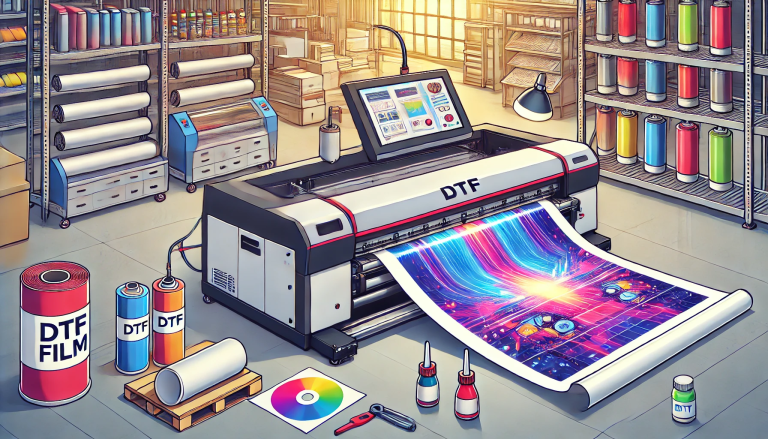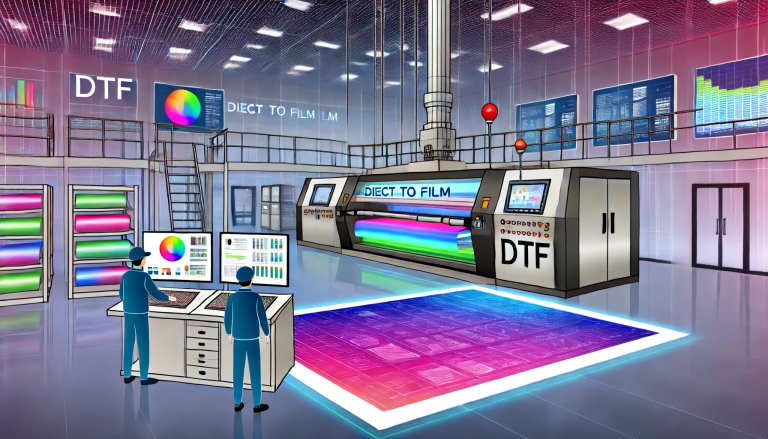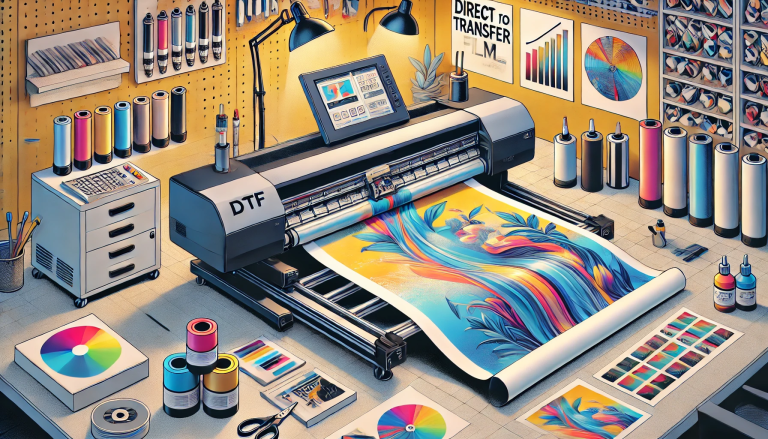“Print on the Right Side for Professional Results with DTF Transfer Film Matte!” -MAXDTF- DTF Film PET A4 Manufacturer, A4 DTF Film Supplier, Made in china
Introduction
Which side of DTF Transfer Film Matte do you print on? This is an important question to consider when printing with DTF (Direct to Film) transfer film. DTF transfer film is a type of film that is used to transfer images onto a variety of surfaces, including fabric, wood, metal, and more. It is a great way to create unique and personalized designs for a variety of projects. In this article, we will discuss which side of the DTF transfer film matte should be printed on to achieve the best results. We will also discuss the different types of DTF transfer film and the best practices for printing with it.
Tips for Achieving Professional Results When Printing on the Matte Side of DTF Transfer Film
1. Ensure that the printer is properly calibrated for the type of transfer film being used. Different types of transfer film require different settings for optimal results.
- Use a high-quality inkjet printer with a minimum resolution of 1440 dpi.
- Use a high-quality transfer film designed for the type of material being printed on.
- Use a high-quality ink designed for the type of transfer film being used.
- Clean the printer’s printhead before printing to ensure that the ink is properly distributed.
- Use a lint-free cloth to wipe the matte side of the transfer film before printing.
- Use a high-quality transfer paper designed for the type of transfer film being used.
- Set the printer’s settings to “Matte” or “Glossy” depending on the type of transfer film being used.
- Print a test page on plain paper before printing on the transfer film to ensure that the colors are correct.
- Allow the ink to dry completely before transferring the image to the desired material. How to Choose the Right Side of DTF Transfer Film for Your Printing ProjectWhen it comes to selecting the right side of DTF transfer film for your printing project, there are a few key factors to consider. First, you need to determine the type of material you are printing on. Different materials require different types of transfer film. For example, if you are printing on a cotton or polyester fabric, you will need a DTF film that is specifically designed for that type of material.
Second, you need to consider the type of image you are printing. If you are printing a photograph or a complex design, you will need a film that is designed to handle the intricate details of the image. If you are printing a simple logo or text, you may be able to get away with a less expensive film.
Third, you need to consider the type of printer you are using. Different printers require different types of transfer film. For example, if you are using a laser printer, you will need a film that is designed to work with laser printers. If you are using an inkjet printer, you will need a film that is designed to work with inkjet printers.
Finally, you need to consider the type of finish you are looking for. Different types of transfer film can provide different levels of gloss and matte finishes. If you are looking for a glossy finish, you will need a film that is designed to provide a glossy finish. If you are looking for a matte finish, you will need a film that is designed to provide a matte finish.
By taking the time to consider these factors, you can ensure that you select the right side of DTF transfer film for your printing project. With the right film, you can create beautiful prints that will last for years to come.
Exploring the Benefits of Printing on the Matte Side of DTF Transfer Film
Printing on the matte side of DTF (direct-to-film) transfer film offers a range of benefits for those looking to create high-quality prints. This type of film is designed to be used with a variety of printing processes, including dye sublimation, laser transfer, and inkjet printing. By printing on the matte side of the film, users can achieve a range of advantages, including improved color accuracy, better image quality, and increased durability.
One of the primary benefits of printing on the matte side of DTF transfer film is improved color accuracy. The matte finish of the film helps to absorb excess ink, resulting in more accurate colors and better image quality. This is especially beneficial for those looking to create vibrant and eye-catching prints. Additionally, the matte finish helps to reduce the amount of glare that can be caused by the glossy side of the film.
Another advantage of printing on the matte side of DTF transfer film is increased durability. The matte finish helps to protect the printed image from scratches and other damage, ensuring that the print will last for a longer period. This is especially beneficial for those looking to create prints that will be used outdoors or in other harsh environments.
Finally, printing on the matte side of DTF transfer film can help to reduce the amount of time and effort required to produce a print. The matte finish helps to reduce the amount of time needed to dry the ink, resulting in faster production times. Additionally, the matte finish helps to reduce the amount of ink needed to produce a print, resulting in cost savings.
Overall, printing on the matte side of DTF transfer film offers a range of benefits for those looking to create high-quality prints. The matte finish helps to improve color accuracy, increase durability, and reduce production times, resulting in a better overall product. For those looking to create vibrant and long-lasting prints, printing on the matte side of DTF transfer film is an excellent choice.
Conclusion
In conclusion, when printing on DTF Transfer Film Matte, the image should be printed on the dull side of the film. This is because the dull side of the film is designed to absorb the ink better, resulting in a better-quality image. Additionally, the glossy side of the film should be facing the garment when transferring the image.





